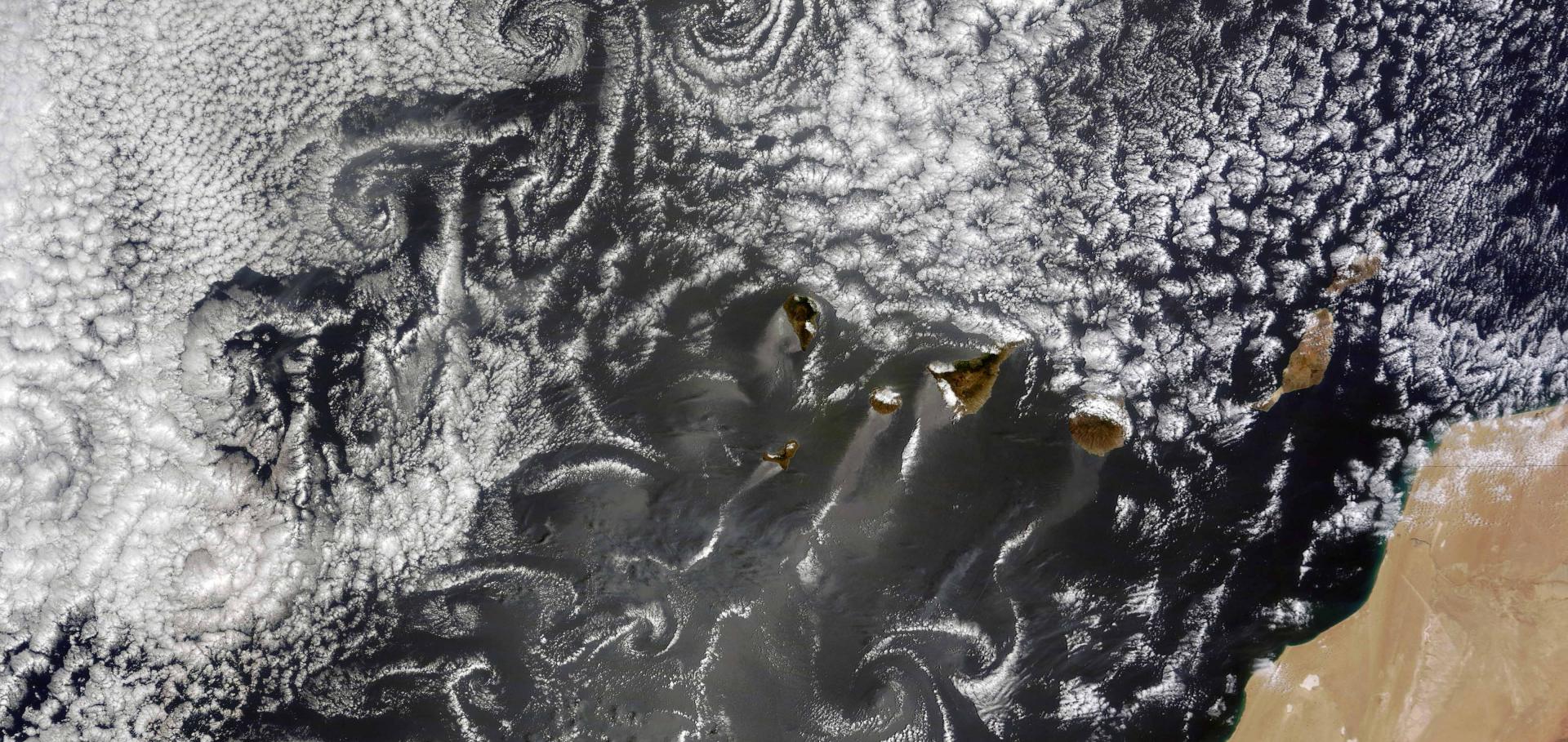A Lagrangian perspective on the lifecycle and cloud radiative effect of deep convective clouds over Africa
Atmospheric Chemistry and Physics European Geosciences Union 24:9 (2024) 5165-5180
Abstract:
The anvil clouds of tropical deep convection have large radiative effects in both the shortwave (SW) and longwave (LW) spectra with the average magnitudes of both over 100 Wm−2 . Despite this, due to the opposite sign of these fluxes, the net average of the anvil cloud radiative effect (CRE) over the tropics is observed to be neutral. Research into the response of the anvil CRE to climate change has primarily focused on the feedbacks of anvil cloud height and anvil cloud area, in particular regarding the LW feedback. However, tropical deep convection over land has a strong diurnal cycle which may couple with the shortwave component of the anvil cloud radiative effect. As this diurnal cycle is poorly represented in climate models it is vital to gain a better understanding of how its changes impact the anvil CRE. To study the connection between the deep convective cloud (DCC) lifecycle and CRE, we investigate the behaviour of both isolated and organised DCCs in a 4-month case study over sub-Saharan Africa (May–August 2016). Using a novel cloud tracking algorithm, we detect and track growing convective cores and their associated anvil clouds using geostationary satellite observations from the Meteosat Spinning Enhanced Visible and Infrared Imager (SEVIRI). Retrieved cloud properties and derived broadband radiative fluxes are provided by the Community Cloud retrieval for CLimate (CC4CL) algorithm. By collecting the cloud properties of the tracked DCCs, we produce a dataset of anvil cloud properties along their lifetimes. While the majority of DCCs tracked in this dataset are isolated, with only a single core, the overall coverage of anvil clouds is dominated by those of clustered, multi-core anvils due to their larger areas and lifetimes. We find that the anvil cloud CRE of our tracked DCCs has a bimodal distribution. The interaction between the lifecycles of DCCs and the diurnal cycle of insolation results in a wide range of the SW anvil CRE, while the LW component remains in a comparatively narrow range of values. The CRE of individual anvil clouds varies widely, with isolated DCCs tending to have large negative or positive CREs, while larger, organised systems tend to have a CRE closer to 0. Despite this, we find that the net anvil cloud CRE across all tracked DCCs is close to neutral (−0.94 ± 0.91 Wm−2 ). Changes in the lifecycle of DCCs, such as shifts in the time of triggering, or the length of the dissipating phase, could have large impacts on the SW anvil CRE and lead to complex responses that are not considered by theories of LW anvil CRE feedbacks. </jats:p>Earth Virtualization Engines (EVE)
Earth System Science Data Copernicus Publications 16:4 (2024) 2113-2122
Abstract:
To manage Earth in the Anthropocene, new tools, new institutions, and new forms of international cooperation will be required. Earth Virtualization Engines is proposed as an international federation of centers of excellence to empower all people to respond to the immense and urgent challenges posed by climate change.Aerosol effects on convective clouds in global km-scale models – from idealised aerosol perturbations to explicit aerosol modelling
Copernicus Publications (2024)
Investigating the role of air mass history of Arctic black carbon in GCMs
Copernicus Publications (2024)
Multifractal analysis for evaluating the representation of clouds in global km-scale models
Copernicus Publications (2024)


